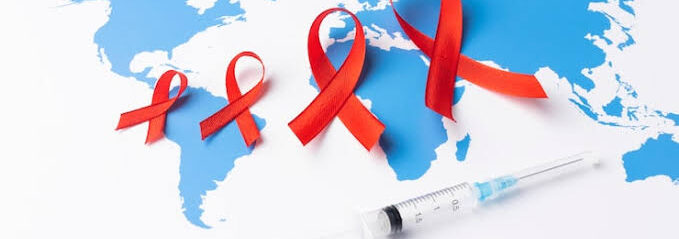Human Immunodeficiency Virus (HIV) remains one of the most widely studied viruses in the world. Despite decades of research and public health campaigns, many myths and misconceptions still surround HIV, often fueling stigma and misinformation. This article highlights common myths about HIV and provides evidence-based facts to help promote understanding, prevention, and compassion.
Myth 1: HIV is the same as AIDS
Fact: HIV (Human Immunodeficiency Virus) is the virus that attacks the body’s immune system. If left untreated, HIV can progress to Acquired Immunodeficiency Syndrome (AIDS), which is the most advanced stage of the infection. With effective antiretroviral therapy (ART), people living with HIV can stay healthy and may never develop AIDS.
Myth 2: HIV can be transmitted through casual contact
Fact: HIV is not spread through hugging, shaking hands, sharing toilets, or eating from the same utensils. The virus is transmitted mainly through:
Unprotected sexual contact with an HIV-positive person
Sharing needles or syringes
From mother to child during pregnancy, childbirth, or breastfeeding (without preventive treatment)
Transfusion of contaminated blood (though extremely rare due to modern screening practices)
Myth 3: Mosquitoes can spread HIV
Fact: HIV cannot be transmitted by insects. When a mosquito bites, it does not inject blood from a previous person into the next. HIV does not survive or reproduce inside insects.
Myth 4: Only certain groups of people are at risk of HIV
Fact: HIV does not discriminate. While certain populations may be at higher risk due to social, behavioral, or biological factors, anyone can contract HIV if exposed to the virus. Stigma that associates HIV with specific groups often discourages people from getting tested or treated.
Myth 5: HIV can be cured
Fact: Currently, there is no cure for HIV. However, modern antiretroviral therapy (ART) can suppress the virus to undetectable levels, allowing people living with HIV to live long, healthy lives. When the virus is undetectable, it cannot be transmitted sexually—a concept known as U=U (Undetectable = Untransmittable).
Myth 6: You can tell someone has HIV by looking at them
Fact: HIV has no visible signs in its early stages, and people can live for years without symptoms. The only way to know one’s HIV status is through testing.
Myth 7: If both partners are HIV-positive, they don’t need to use protection
Fact: Even if both partners are living with HIV, using protection is important. Different strains of HIV exist, and re-infection (superinfection) can complicate treatment. Additionally, protection helps prevent other sexually transmitted infections (STIs).
The Importance of Accurate Information
Dispelling myths about HIV is vital in the fight against the virus. Misinformation fuels stigma, which can prevent people from seeking testing, treatment, and support. Scientific research has transformed HIV from a fatal disease to a manageable chronic condition, but education remains key in reducing transmission and improving quality of life.
✅ Key Takeaway: HIV is a medical condition, not a moral judgment. Knowledge, testing, treatment, and compassion are our strongest tools in overcoming both the virus and the stigma surrounding it.




